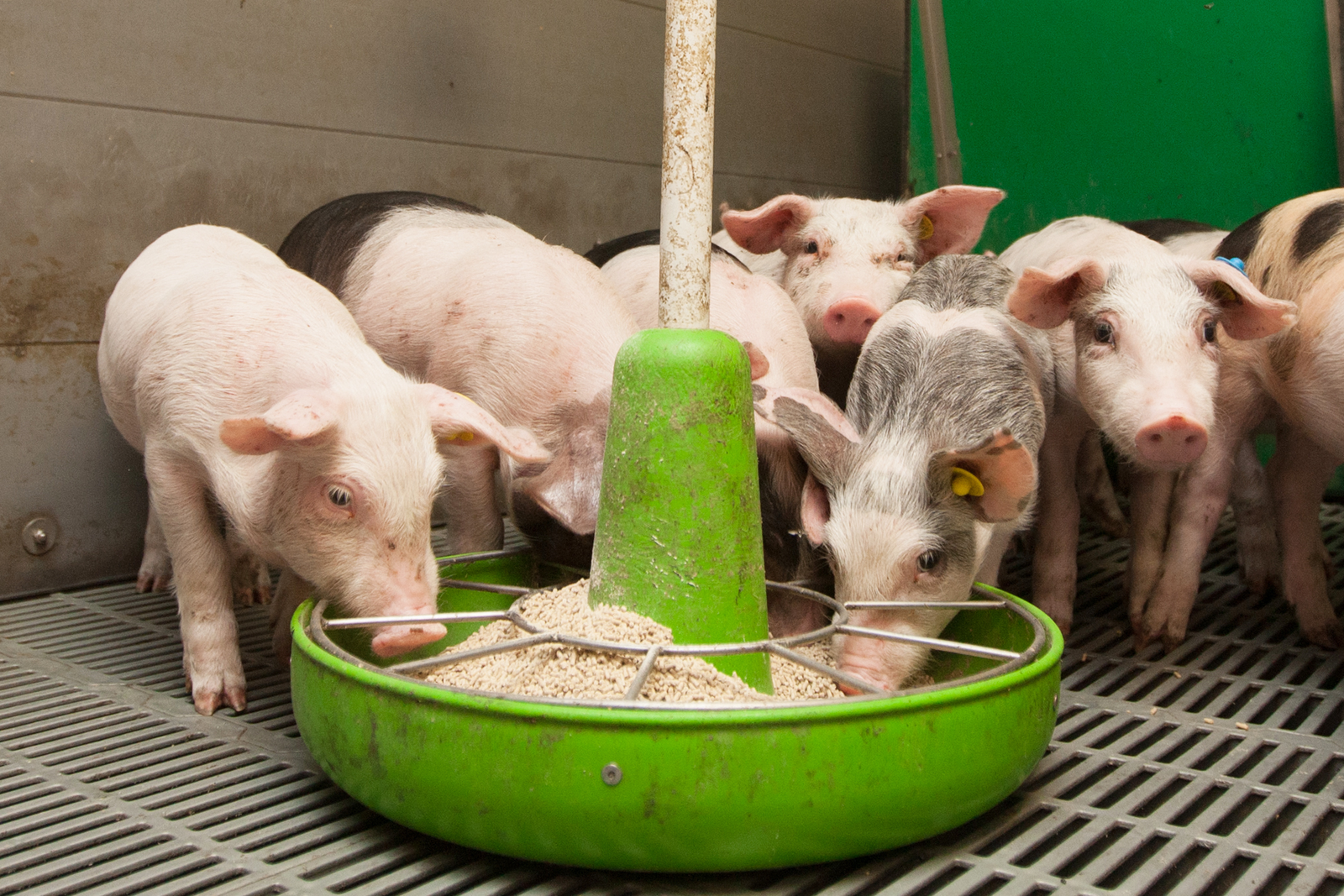Artificial sweetener benefits pig’s intestinal flora

The bacterial population can be changed favourably by adding certain ingredients to the diet, researchers from the University of Liverpool in the UK showed.
The research study looked at the dietary supplementation with lactose or artificial sweetener and its effect on swine gut Lactobacillus population.
The commensal bacteria Lactobacillus are widely used as probiotic organisms conferring a health benefit on the host. They have been implicated in promoting gut health via the stimulation of host immunity and anti-inflammatory responses, as well as protecting the intestinal mucosa against pathogen invasion.
Lactobacilli grow by fermenting sugars and starches and produce lactic acid as their primary metabolic product. For efficient utilisation of varied carbohydrates, lactobacilli have evolved diverse sugar transport and metabolic systems, which are specifically induced by their own substrates. Many bacteria are also capable of sensing and responding to changes in their environment. These sensory responses are often independent of transport or metabolism and are mediated through membrane-spanning receptor proteins.
The research team employed DNA-based pyrosequencing technology to investigate the changes in the intestinal microbiota of piglets weaned to a diet supplemented with either a natural sugar, lactose or an artificial sweetener (consisting of saccharin and neohesperidin dihydrochalcone).
The addition of either lactose or saccharin/NHDC to the piglets’ feed dramatically increased the caecal population abundance of Lactobacillus, with concomitant increases in intraluminal lactic acid concentrations. This is the first report of the prebiotic-like effects of saccharin/NHDC, an artificial sweetener, being able to influence the commensal gut microbiota. The identification of the underlying mechanism(s) will assist in designing nutritional strategies for enhancing gut immunity and maintaining gut health.
This paper was published in the June edition of the British Journal of Nutrition.











